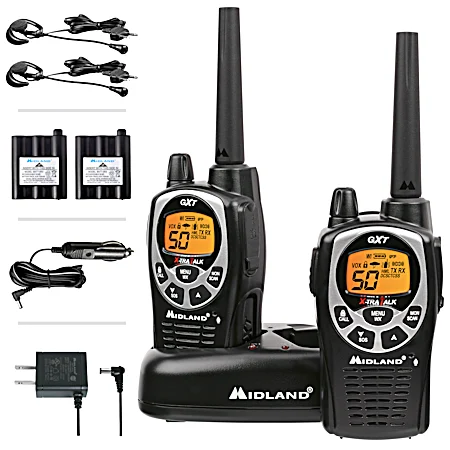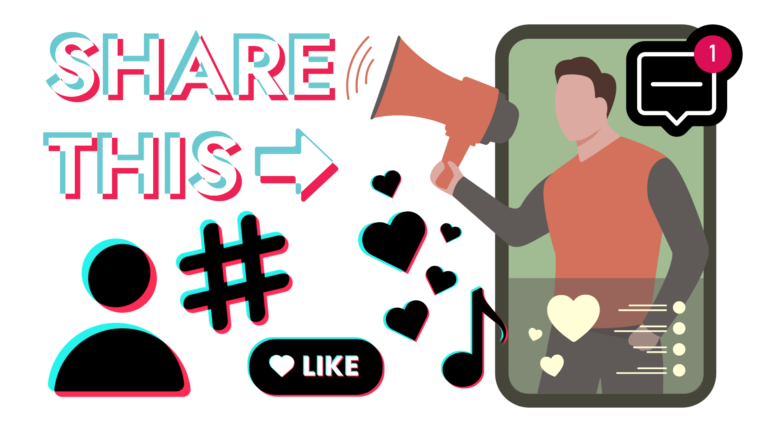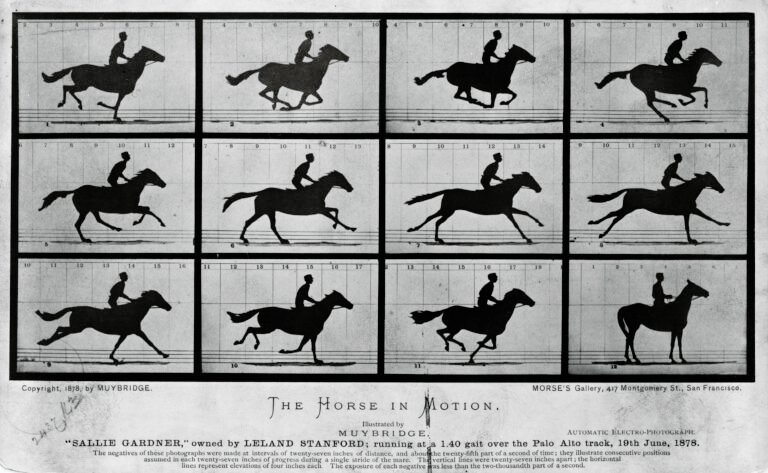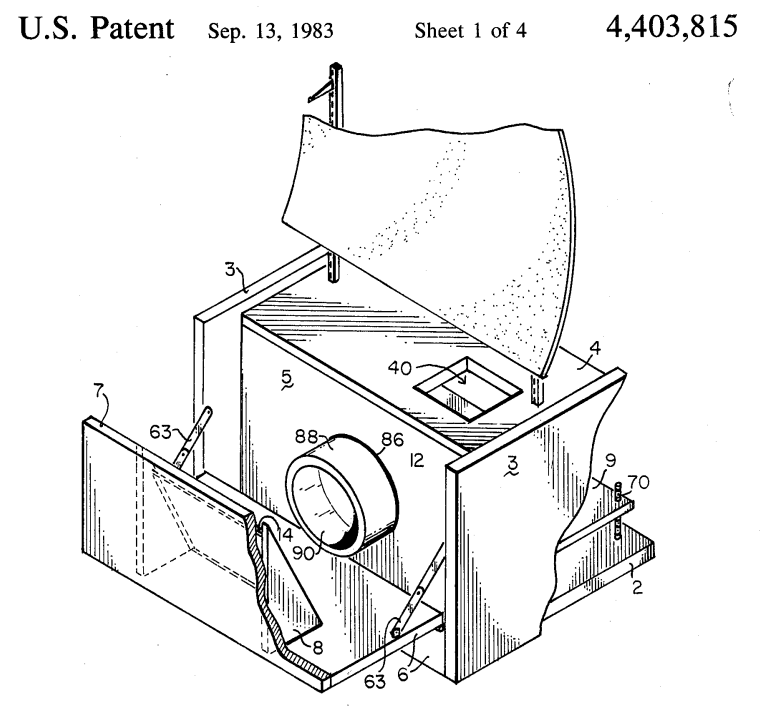Hey there, communication enthusiasts! Yarek here, and today we’re diving deep into the world of radios. But not just any radios – we’re talking about the game-changing unlicensed radios that are revolutionizing how we connect. Whether you’re a business owner looking to streamline operations or an adventure seeker wanting to stay in touch off the grid, this guide is for you.
Now, you might be wondering, “Yarek, what’s the big deal about unlicensed radios?” Well, my friends, that’s exactly what we’re going to explore. By the end of this article, you’ll understand why unlicensed radios might just be the communication solution you never knew you needed.
Understanding Licensed vs. Unlicensed
Let’s start with the basics. In the world of radios, we have two main categories: licensed and unlicensed. Think of it like driving a car versus riding a bicycle. One requires a license and comes with more regulations, while the other offers more freedom and accessibility.
Licensed Radios: The Heavy-Duty Communicators
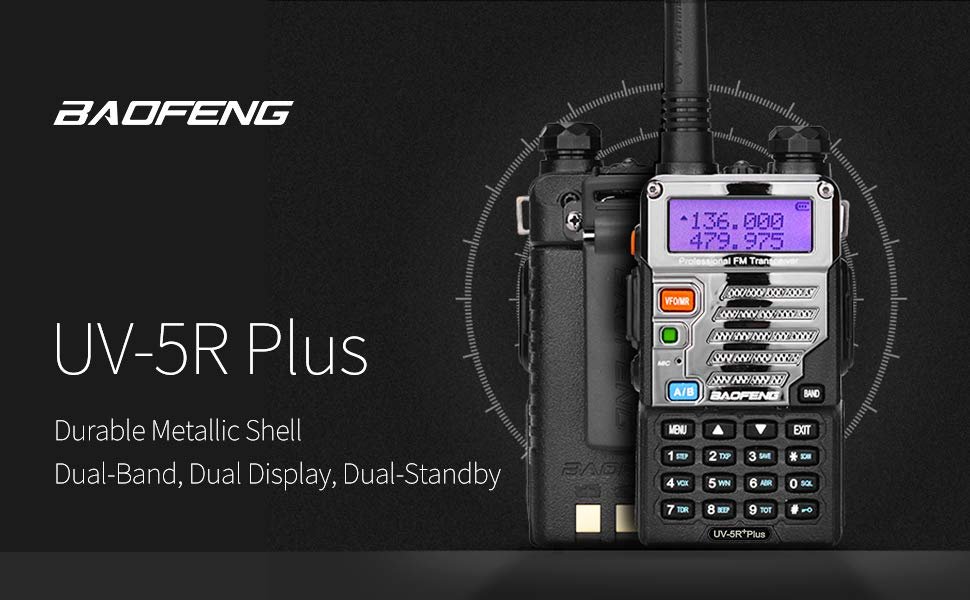
Licensed radios are like the semi-trucks of the communication world. They’re powerful, have a longer range, and are often used by professionals in industries like public safety, aviation, and maritime operations. Here’s what you need to know:
- Regulation: Licensed radios operate on frequencies allocated by regulatory bodies like the FCC (Federal Communications Commission).
- Power: They typically have higher power output, allowing for longer-range communication.
- Interference Protection: Licensed frequencies are protected from interference, ensuring clearer communication.
- Customization: These radios often offer more advanced features and can be customized for specific needs.
- Cost: Generally more expensive due to the technology and licensing requirements.
Unlicensed Radios: The People’s Choice
Now, let’s talk about unlicensed radios – the stars of our show today. These are like the bicycles of the radio world: accessible, easy to use, and perfect for a wide range of everyday applications. Here’s why they’re gaining popularity:
- No License Required: As the name suggests, you don’t need a special license to operate these radios.
- Affordability: With prices starting as low as $44.95, they’re significantly more budget-friendly than their licensed counterparts.
- User-Friendly: Designed for straightforward operation, making them ideal for non-technical users.
- Versatility: Suitable for various settings, from outdoor events to small business communications.
- Quick Setup: You can start using them right out of the box without any regulatory paperwork.
The Pros of Unlicensed Radios: Why They’re Winning Hearts
- Accessibility for All
Imagine you’re planning a family camping trip or organizing a community event. You need a reliable way to communicate, but you don’t want to jump through hoops or break the bank. This is where unlicensed radios shine. They’re the everyman’s communication tool, designed to be picked up and used by anyone, regardless of technical know-how. - Cost-Effective Communication
For small businesses or organizations on a tight budget, unlicensed radios are a godsend. They offer a way to improve team coordination without the hefty price tag associated with more complex systems. It’s like getting the benefits of a gourmet meal at fast-food prices! - Flexibility and Portability
Unlicensed radios are the Swiss Army knives of communication. They’re compact, lightweight, and can be used in various settings. Whether you’re coordinating a construction site or managing a retail store, these radios adapt to your needs. - No Ongoing Fees
Once you purchase an unlicensed radio, that’s it – no monthly fees, no renewal costs. It’s a one-time investment that keeps on giving, unlike cellphones with their never-ending bills. - Privacy in a Digital Age
In a world where digital privacy is increasingly scarce, unlicensed radios offer a refreshing alternative. Your conversations aren’t traveling through cell towers or internet servers, providing a level of privacy that’s hard to find in modern communication methods.
Here are the key options available:
Unlicensed Radio Models
- Motorola Talkabout T460:
This model is designed for outdoor use, offering a range of up to 35 miles in open areas.
It features 22 channels and 121 privacy codes, making it suitable for family outings, camping, and other recreational activities.
- Midland GXT1000VP4:
Known for its durability, this radio offers a range of up to 36 miles and includes 50 channels with NOAA weather alerts.
It is ideal for emergencies and outdoor adventures.
- Baofeng UV-5R:
A versatile handheld radio that operates on both VHF and UHF frequencies.
It is popular among amateur radio enthusiasts and provides a wide range of features at an affordable price.
Key Features
- Ease of Use: Unlicensed radios are user-friendly and do not require any licensing, making them accessible for casual users.
- Affordability: These models are generally more budget-friendly compared to licensed radios, making them a great option for individuals or small businesses.
- Versatility: Suitable for various applications, including outdoor activities, family communication, and small business operations.
For detailed specifications and pricing on these unlicensed radios, you can visit the Two Way Direct website directly.
The Cons: Let’s Keep It Real
Now, I wouldn’t be doing my job if I didn’t give you the full picture. While unlicensed radios are fantastic, they’re not without their limitations:
- Limited Range
Compared to their licensed siblings, unlicensed radios typically have a shorter range. They’re great for communication within a few miles, but they won’t help you chat across state lines. - Potential for Interference
Because these radios operate on shared frequencies, there’s a higher chance of interference, especially in urban areas or during peak usage times. - Less Advanced Features
While perfect for basic communication, unlicensed radios may lack some of the advanced features found in professional-grade, licensed radios. - Power Limitations
Regulations restrict the power output of unlicensed radios, which directly affects their range and ability to penetrate obstacles. - Shared Channels
You might find yourself sharing channels with other users in your area, which can sometimes lead to congested airwaves.
Is an Unlicensed Radio Right for You?
Now, you might be thinking, “Qael, this all sounds great, but how do I know if an unlicensed radio is right for me?” Great question! Let’s break it down:
Unlicensed Radios Are Perfect For:
- Small to Medium Businesses: If you’re running a retail store, restaurant, or small construction company, these radios can significantly improve your team’s coordination without breaking the bank.
- Event Organizers: Planning a wedding, festival, or sports event? Unlicensed radios are your best friend for keeping everyone on the same page.
- Outdoor Enthusiasts: Hikers, campers, and adventure seekers can benefit from the reliability and simplicity of these radios in areas where cell service is spotty.
- Schools and Educational Institutions: For campus security or coordinating field trips, unlicensed radios offer an affordable and effective solution.
- Neighborhood Watch Groups: Enhance community safety with easy-to-use communication tools that don’t require extensive training.

When Licensed Radios Might Be Necessary:
- Public Safety Organizations: Police, fire departments, and emergency services typically require the advanced features and dedicated frequencies of licensed radios.
- Large-Scale Industrial Operations: Factories, power plants, and extensive construction projects often need the extended range and customization options of licensed systems.
- Transportation and Logistics: Companies managing large fleets or covering wide areas might find licensed radios more suitable for their needs.
- Healthcare Facilities: Hospitals and large medical centers often require the reliability and interference protection offered by licensed frequencies.
- Government Agencies: Many government operations necessitate the security and advanced capabilities of licensed radio systems.
The Technology Behind Unlicensed Radios
Let’s geek out for a moment and look at what makes these radios tick. Unlicensed radios typically operate on specific frequency bands allocated for unlicensed use. In the United States, these often include:
- Family Radio Service (FRS): 462-467 MHz
- General Mobile Radio Service (GMRS): 462-467 MHz (Note: While GMRS frequencies overlap with FRS, GMRS actually requires a license)
- Multi-Use Radio Service (MURS): 151-154 MHz
These radios use analog or digital modulation techniques to transmit voice over these frequencies. Many modern unlicensed radios also incorporate features like:
- Channel scanning
- Voice-activated transmission (VOX)
- Privacy codes to reduce interference
- Weather alerts
- Hands-free operation
The simplicity of this technology contributes to the affordability and ease of use that make unlicensed radios so appealing.
Real-World Applications: Unlicensed Radios in Action
To truly appreciate the value of unlicensed radios, let’s look at some real-world scenarios where they shine:
- Retail Operations
Imagine you’re managing a bustling department store during the holiday season. With unlicensed radios, your staff can quickly communicate about inventory issues, customer service needs, or security concerns without leaving their posts or relying on potentially distracting cellphones. - Construction Sites
On a construction site, clear communication is crucial for both efficiency and safety. Unlicensed radios allow foremen to coordinate with workers across the site, ensuring everyone is on the same page and potential hazards are quickly addressed. - Outdoor Events
Picture organizing a marathon. Unlicensed radios become invaluable for coordinating volunteers, managing aid stations, and ensuring runner safety along the course. The ability to quickly relay information can make the difference between a smooth event and a logistical nightmare. - Educational Field Trips
Teachers leading a group of excited students through a museum or nature reserve can use unlicensed radios to keep track of different groups, coordinate meeting points, and ensure everyone’s safety without relying on potentially unavailable cell service. - Disaster Response and Community Preparedness
In the aftermath of a natural disaster, when traditional communication infrastructure might be down, unlicensed radios can be a lifeline for community organization and emergency response coordination.

The Future of Unlicensed Radios
As technology evolves, so do unlicensed radios. We’re seeing exciting developments that promise to make these devices even more useful:
- Integration with Smartphones: Some manufacturers are developing ways to integrate unlicensed radio functionality with smartphones, offering the best of both worlds.
- Improved Battery Life: Advancements in battery technology are leading to radios that can operate longer between charges.
- Enhanced Range: While still operating within regulatory limits, clever engineering is pushing the boundaries of what’s possible with unlicensed frequencies.
- Smart Features: Integration of GPS and Bluetooth technologies is opening up new possibilities for location sharing and connectivity.
- Durability: Manufacturers are producing increasingly rugged models, capable of withstanding harsh environments and rough handling.
Tips for Choosing the Right Unlicensed Radio
If you’ve decided that unlicensed radios are the way to go, here are some tips to help you choose the right one:
- Assess Your Range Needs: Consider the area you need to cover. Urban environments might require different models compared to open rural areas.
- Battery Life: Look for radios with long battery life, especially if you’ll be using them for extended periods without access to charging.
- Durability: If you’re using the radios outdoors or in rugged environments, look for water-resistant or waterproof models.
- Ease of Use: Consider the user-friendliness of the interface, especially if you’re equipping a team with varied technical skills.
- Additional Features: Decide which extra features like weather alerts, hands-free operation, or privacy codes are important for your needs.
- Budget: While unlicensed radios are generally affordable, prices can vary. Set a budget that balances your needs with your financial constraints.
Empowering Communication for All
As we wrap up this deep dive into the world of unlicensed radios, I hope you’ve gained a new appreciation for these versatile communication tools. They represent a democratization of technology, putting powerful communication capabilities into the hands of everyday people and businesses.
Whether you’re coordinating a small team, embarking on outdoor adventures, or simply looking for a reliable way to stay in touch, unlicensed radios offer a unique blend of simplicity, affordability, and effectiveness. They remind us that sometimes, the best solutions are the ones that don’t overcomplicate things.

Remember, the key to successful communication isn’t always about having the most powerful or expensive equipment. It’s about finding the right tool that fits your specific needs and using it effectively. Unlicensed radios, with their accessibility and ease of use, embody this principle perfectly.
So, next time you’re faced with a communication challenge, consider giving unlicensed radios a try. You might just find that they’re the simple, effective solution you’ve been looking for all along.
This is Qael H Yarek, signing off. Here’s to clear communication and staying connected, no matter where life takes you. Until next time, keep the channels open and the conversations flowing!


